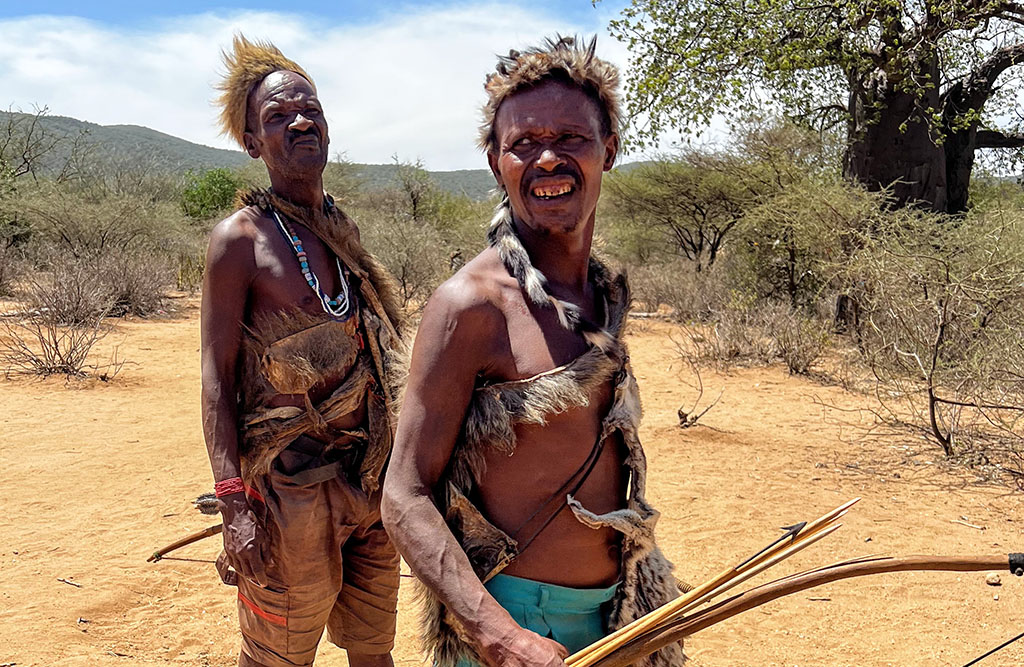In the Symphony of Languages, the Hadza's Clicks Stand Alone
Language is our most potent instrument of understanding. It is both a mirror reflecting our cultures and a bridge, connecting us across the chasms of our differences. In the linguistic landscape of the world, the Hadza language of Northern Tanzania has always been an intriguing outlier - a soloist in the grand symphony of languages.

The term "language isolate" is not one most people come across daily. It refers to a language that has no demonstrable genealogical (or "genetic") relationship with any other living language, making it a kind of linguistic island. The Hadza language, spoken by roughly 1,000 people, is one such isolate, adrift in a sea of linguistically unrelated African tongues.
The Rhythm of Clicks
There's a rhythmic peculiarity about Hadza that makes it stand out - the click consonants. These are sounds produced by creating a vacuum in the mouth and releasing it, akin to the sound one might make to signal disapproval or to spur on a horse.
While click consonants do appear in other languages, most notably those of Southern Africa such as Xhosa and Zulu, their presence in the Hadza language, an isolate, provides a noteworthy point of interest. In a way, it's like finding a rare species in an unexpected place, shedding light on the incredible diversity and complexity of human language.
These clicks are not all the same; in Hadza, there are multiple types, each with a different point of articulation and manner of release, leading to a range of distinctive click sounds. They combine with other sounds in the language to create a remarkably rich phonetic repertoire that provides the Hadza language with its unique rhythm and melody.
Hadza Audio Sample
A Unique Linguistic Structure
The Hadza language is structured around a Subject-Object-Verb (SOV) word order, a format that differs from the commonly encountered Subject-Verb-Object (SVO) structure of English. In practical terms, this means that in Hadza, the verb typically comes at the end of the sentence, lending the language a different rhythm and feel to languages with other structures. For instance, if you were to say "I love Hadza" in a direct translation, it would be rendered as "I Hadza love."
The click consonants, typically represented in written form using symbols such as '|', '!', and 'ǂ', interact with vowels and other consonants, giving the Hadza language a melodic and rhythmic texture that is both captivating and distinctive.
Saving the Soloist
Despite its rich phonetic tapestry, the Hadza language is in danger. More dominant languages, particularly Swahili, have been pushing indigenous languages like Hadza to the brink of extinction. However, in the face of this cultural crisis, efforts have been launched to save this precious linguistic heritage. Anthropologists, linguists, and the Hadza people are collaborating to document the language thoroughly and develop resources for teaching it to younger generations.
Language isn't merely a collection of sounds or words; it is the lifeblood of a people's culture and heritage. The Hadza language, with its isolate status and unique click consonants, underscores this principle beautifully. It's a testament to human ingenuity, diversity, and our remarkable capacity for communication. As we continue our global dialogue, let's ensure languages like Hadza find their place in the conversation. After all, a symphony would be far less impressive without its soloists.
Leave a Reply